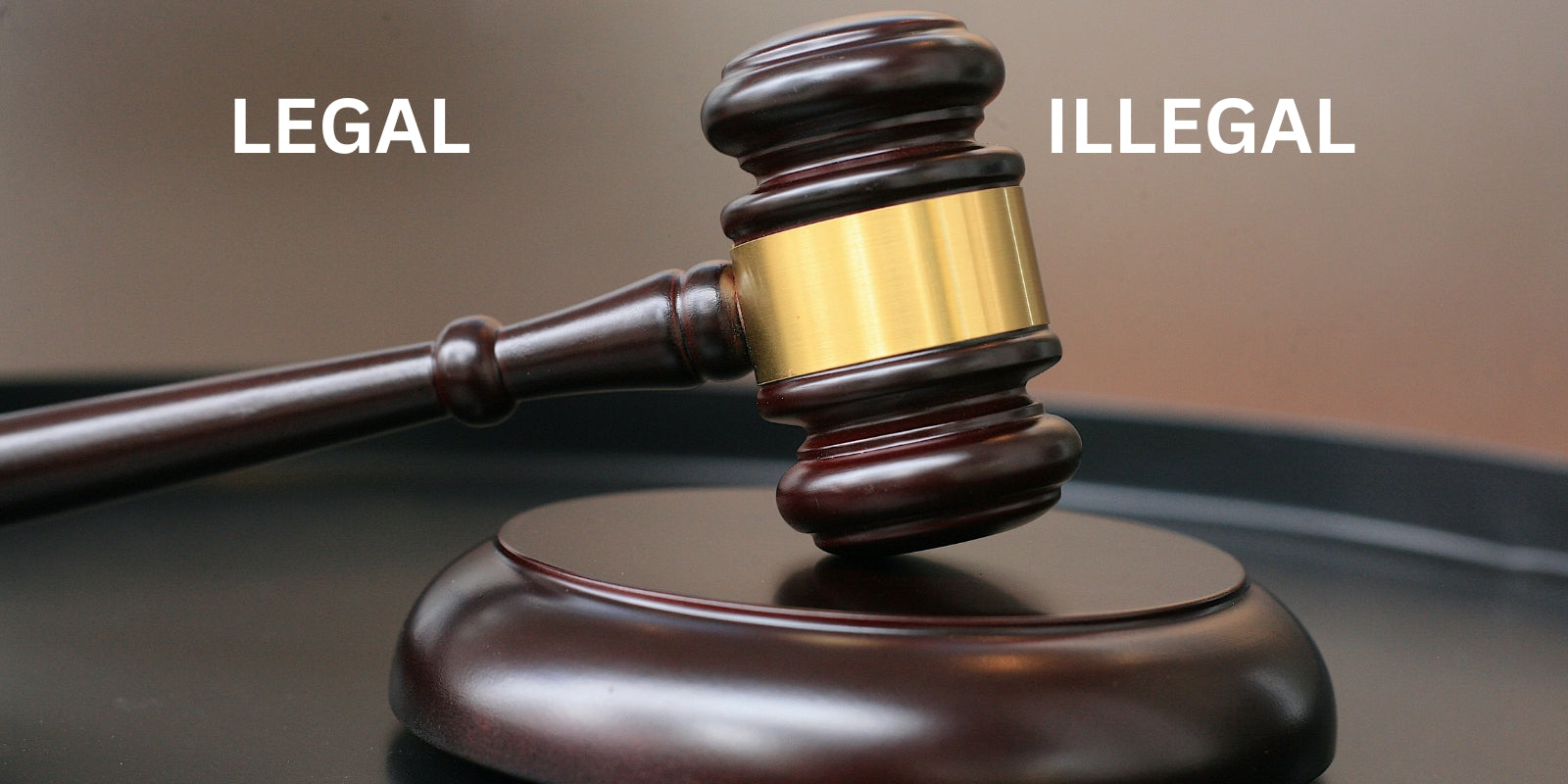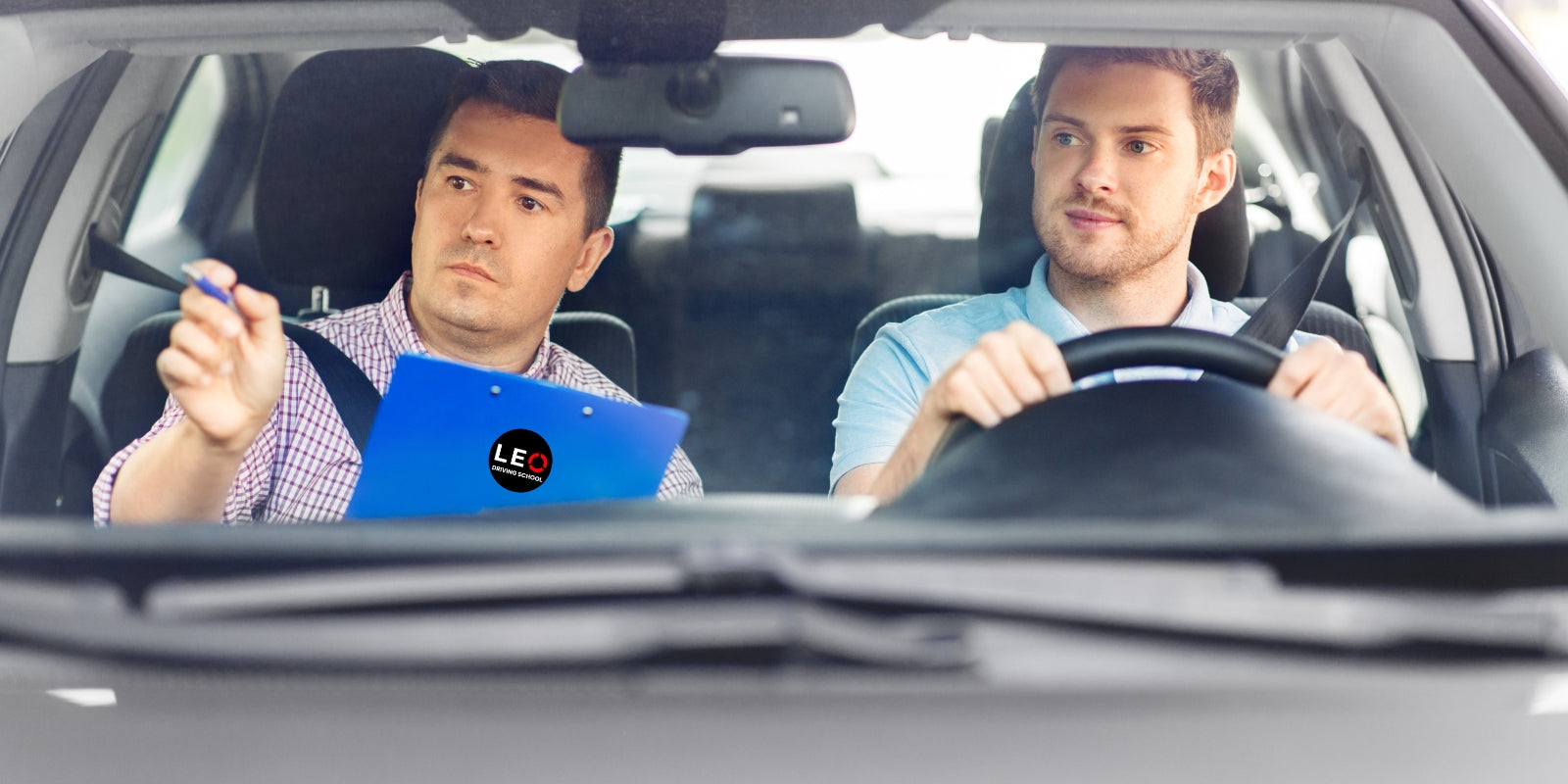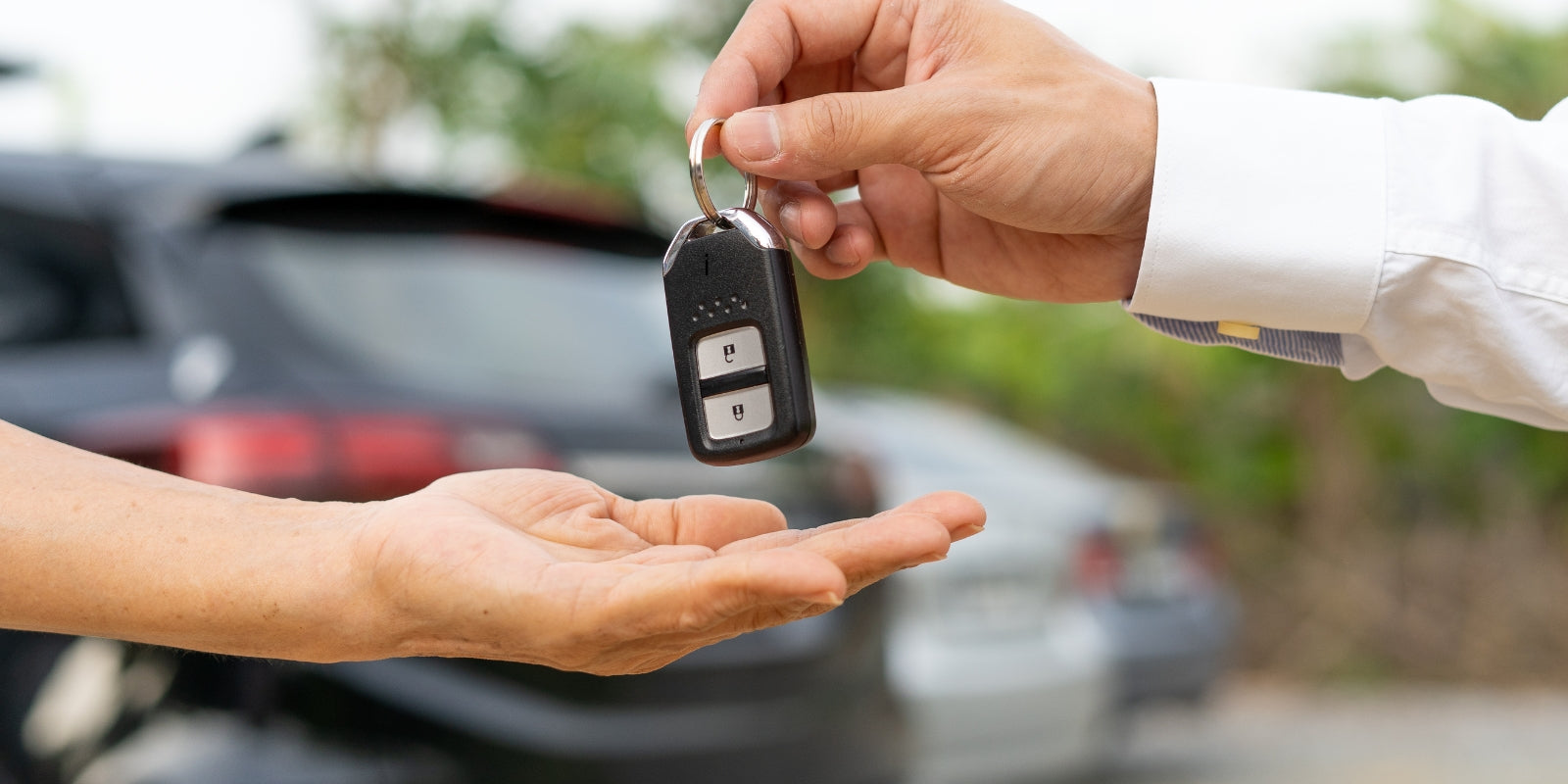Can You Learn to Drive in Your Own Car?

Using Your Own Car for Driving Lessons: A Summary
If you're considering learning to drive in your own car, you're not alone. While most learners opt for lessons with a driving instructor in their vehicle, using your own car is a viable alternative—as long as you meet certain requirements. Here's everything you need to know to hit the road legally and safely.
Requirements and Explanations
- Provisional License: You must hold a valid Provisional Driving License to legally drive on public roads while learning.
- L Plates: You are required to display L Plates clearly on the front and rear of the car you are learning to drive in.
- Supervising Driver: A supervising driver must accompany you at all times. They must: Be at least 21 years old. Hold a full UK driving license. Be qualified to drive the type of car you are learning in.
- Payment: If your supervising driver is not a DVSA-approved instructor, they cannot charge you for teaching. Doing so is illegal.
- Supervising Driver Rules: Your supervising driver must follow the same rules as you while you're driving. For example: They must meet eyesight requirements. They must not use a mobile phone. They must not be under the influence of alcohol or drugs.
- Insurance: Ensure your insurance covers both you and your supervising driver. If you take your practical test in your own car, your insurance must cover this as well.
- DVSA Standards: The car must meet DVSA safety standards, including: Having a current MOT (if applicable). Tyres with a minimum tread depth of 1.6mm and no damage. No dashboard warning lights. Four wheels and a maximum authorized mass (MAM) of 3,500kg. The ability to reach 62 mph with a mph speedometer. Be smoke-free.
- Car Model: The car must match the type of license you are aiming for. For example, if you're aiming for a manual license, the car must be a manual.
Can You Learn to Drive in Your Own Car?
Absolutely! While most people follow the traditional route of learning with a qualified driving instructor in their car, using your own car is a legal and valid option. However, there are strict rules in place to ensure safety and compliance, as outlined above.
Why Consider Learning in Your Own Car?
Some learners prefer using their own vehicle to feel more familiar and comfortable with the car they’ll eventually drive. However, it’s crucial to weigh the pros and cons carefully.
At Leo Driving School, we provide expert guidance whether you're learning with our instructors or preparing to use your own car. Contact us today for tailored advice and support to help you succeed on your driving journey!
Is It Legal to Learn to Drive in Your Own Car?

Let’s start by addressing the legalities. Many new learners assume they have to take lessons in an instructor’s car, as this is the most common route. In some countries, it’s even a legal requirement. However, in the UK, learner drivers enjoy a bit more flexibility.
You are entirely within your rights to learn to drive in your own car if you wish. This could mean doing all your practice in your own vehicle or using it to supplement lessons with a driving instructor. So, is that the end of the discussion? Not quite. While it’s legal, there are specific rules and considerations you must follow. Let’s explore what’s involved.
What Are the Rules for Learning in Your Own Car?

Under UK law, there are surprisingly few restrictions on when and how learners can practise. For instance:
- No curfew: You can practise at any time of day or night.
- Passengers: You're allowed to carry passengers while practising.
That said, you must adhere to some essential rules to stay within the law:
- Provisional Licence
You must hold a valid provisional driving licence to legally practise on UK roads. If you don’t already have one, apply as soon as possible. Most people can start learning at 17, but if you qualify for the higher rate of PIP or DLA, you can start at 16. - L Plates
L plates must be clearly displayed on both the front and rear of your car. They must not obstruct your view. - Supervising Driver
You cannot practise driving alone. A supervising driver must accompany you at all times.
Who Can Teach You to Drive in Your Own Car?

The supervising driver doesn’t have to be a professional driving instructor. A family member or friend can help, provided they meet the criteria above. However, remember:
- The supervising driver cannot charge you for lessons unless they are DVSA-approved.
- They must follow all driving laws while supervising, including meeting eyesight requirements, avoiding mobile phone use, and not being under the influence of alcohol or drugs.
We recommend that your supervising driver sit in the front passenger seat to provide the best guidance and ensure safety.
Do You Need Insurance to Learn to Drive in Your Own Car?

Yes, insurance is mandatory if you’re practicing in your own car. While driving instructors’ vehicles come with learner insurance included, this isn’t the case for your car. You’ll need to arrange this yourself.
Options for learner driver insurance include:
- Named Driver Policies: Suitable if you’re practicing in someone else’s car.
- Short-Term Policies: Ideal for limited practice periods before your test, ranging from a few hours to months.
- Annual Policies: Great for longer-term practice and can often convert to standard insurance once you pass.
Is It Cheaper to Take Driving Lessons in Your Own Car?

Learning to drive is a significant investment in both time and money. It’s no surprise that many learners are eager to save where they can. So, is it cheaper to learn to drive in your own car, or does the traditional route with an instructor offer better value?
Save on Lessons...
One of the key advantages of learning in your own car is the savings on lesson fees. As mentioned earlier, your supervising driver cannot charge you for their time, which means you get the benefit of free practice. With learners typically taking around 46 hours to pass and average lesson prices reaching up to £40 in some areas, you could save as much as £1,840. That's a considerable saving, but there are some costs to consider.
...But Pay More Elsewhere
There are a few costs to bear in mind if you choose to learn in your own car. Firstly, there’s the price of the car itself. Even if you plan to buy a car after passing your test, you’ll need to factor in the cost of insuring your vehicle while you’re learning. Learner insurance policies are rarely cheap, so it’s worth researching your options. You’ll also need to consider the cost of vehicle tax.
Next, think about the running costs of your car. Fuel is the obvious expense, and if you're practicing regularly, you'll quickly go through more than you might expect. You may also need to spend on things like oil, wiper fluid, and coolant. Don’t forget that you'll be responsible for the maintenance of the vehicle. While we don’t expect you to get into any serious accidents, a few bumps are quite common for learners, and you’ll need to cover the repair costs.
Lastly, learning without an instructor may mean it takes you longer to get to test standard. Driving instructors are trained to teach the modern rules and ensure you’re fully prepared for the test. A supervising driver, however experienced, may inadvertently teach you bad habits that could hinder your progress. In the worst case, this could mean needing to retake the test multiple times, which adds extra costs.
Can You Take the Practical Test in Your Own Car?

There are a lot of myths surrounding the practical driving test, and one of the most common is that test centres provide cars for candidates. This is not true. There's no rule that you must take the test in an instructor’s car, so you’re free to use your own vehicle if you choose.
However, you’ll need to ensure your car is properly insured. If your current learner insurance doesn’t cover the practical test, you won’t be able to take the test in your own car. Make sure your policy includes this coverage.
Meeting Test Standards
Your car must meet specific DVSA standards in order to be used for the test. It must:
- Have a valid MOT certificate
- Have no tyre damage and a minimum tread depth of 1.6mm (no spare tyres)
- Not have any dashboard warning lights illuminated
- Have 4 wheels
- Have a maximum authorised mass (MAM) of 3,500kg or under
- Be able to reach at least 62 mph with a working speedometer
- Be smoke-free inside
Additionally, the car must have L plates on both the front and rear, a passenger seatbelt with head restraint, and an extra interior rear-view mirror for the examiner. You are allowed to use a dashcam, but make sure to follow DVSA rules and don’t record video or audio inside the car during the test. Cars with electronic parking brakes and hill-start assist are acceptable, but dual controls are not required.
Is It Worth Buying a Car to Learn In?

If you don’t already own a car, you might be wondering whether it’s worth buying one while you’re still learning. There are definitely benefits to owning your own car while learning. You’ll have plenty of opportunities to practice, whether you’re having lessons with an instructor or learning completely on your own.
By purchasing the car before you pass your test, you’ll become familiar with it, making the transition to driving it after you pass much easier. Plus, owning the car gives you an added motivation to pass the test. If you’ve already made the financial commitment, you’ll be even more driven to succeed.
However, buying a car before passing also involves a significant outlay. Consider whether you can afford the cost of the car and its running expenses now, or whether it would be wiser to wait until after passing your test.
Learning in Your Own Car: Pros and Cons

Now that we’ve covered the basics, it’s time to weigh up the pros and cons of learning to drive in your own car.
Pros
- No Lesson Fees: You won’t need to pay for driving lessons with an instructor, which can save you a significant amount.
- Convenience: You can drive whenever you like and practise as much or as little as you want.
- Familiarity: Learning in your own car means you’ll become very familiar with it, reducing the adjustment period once you pass your test.
Cons
- Additional Costs: While you save on instructor fees, the costs of insurance, fuel, maintenance, and repairs will be your responsibility.
- Availability of Supervising Driver: You may struggle to find someone to accompany you at all times, especially during unsociable hours.
- Quality of Learning: Even an experienced driver may not be familiar with the modern test requirements or may inadvertently teach you bad habits that could affect your chances of passing.
The Verdict
Ultimately, there’s a lot to consider when deciding whether to learn in your own car. At Leo Driving School, we believe the best solution is a combination of both. While learning with a Highly Professional and an Approved Driving Instructor, provides the highest standard of training, practicing in your own car can also be beneficial. We recommend taking professional lessons to learn the correct techniques and gain test-ready skills, and then using your own car to get extra practice and confidence.
This approach allows you to enjoy the best of both worlds – expert guidance from a professional and the comfort of practicing in your own vehicle. It's the ideal balance to help you pass your driving test with flying colors.

